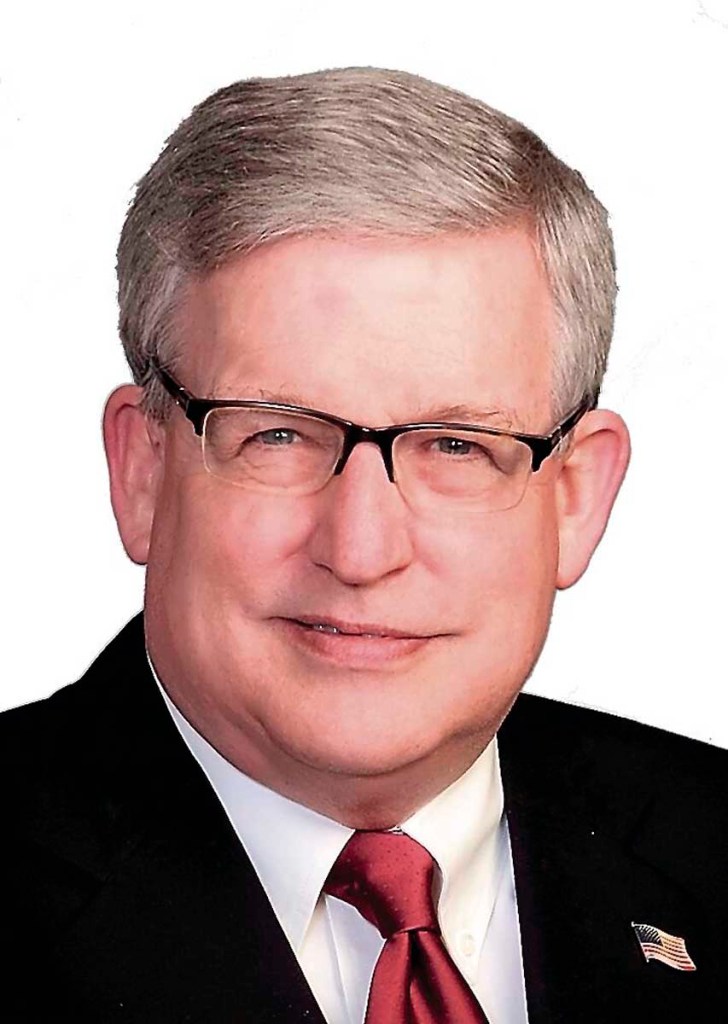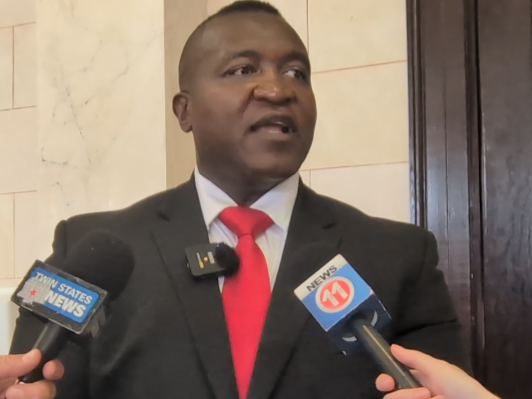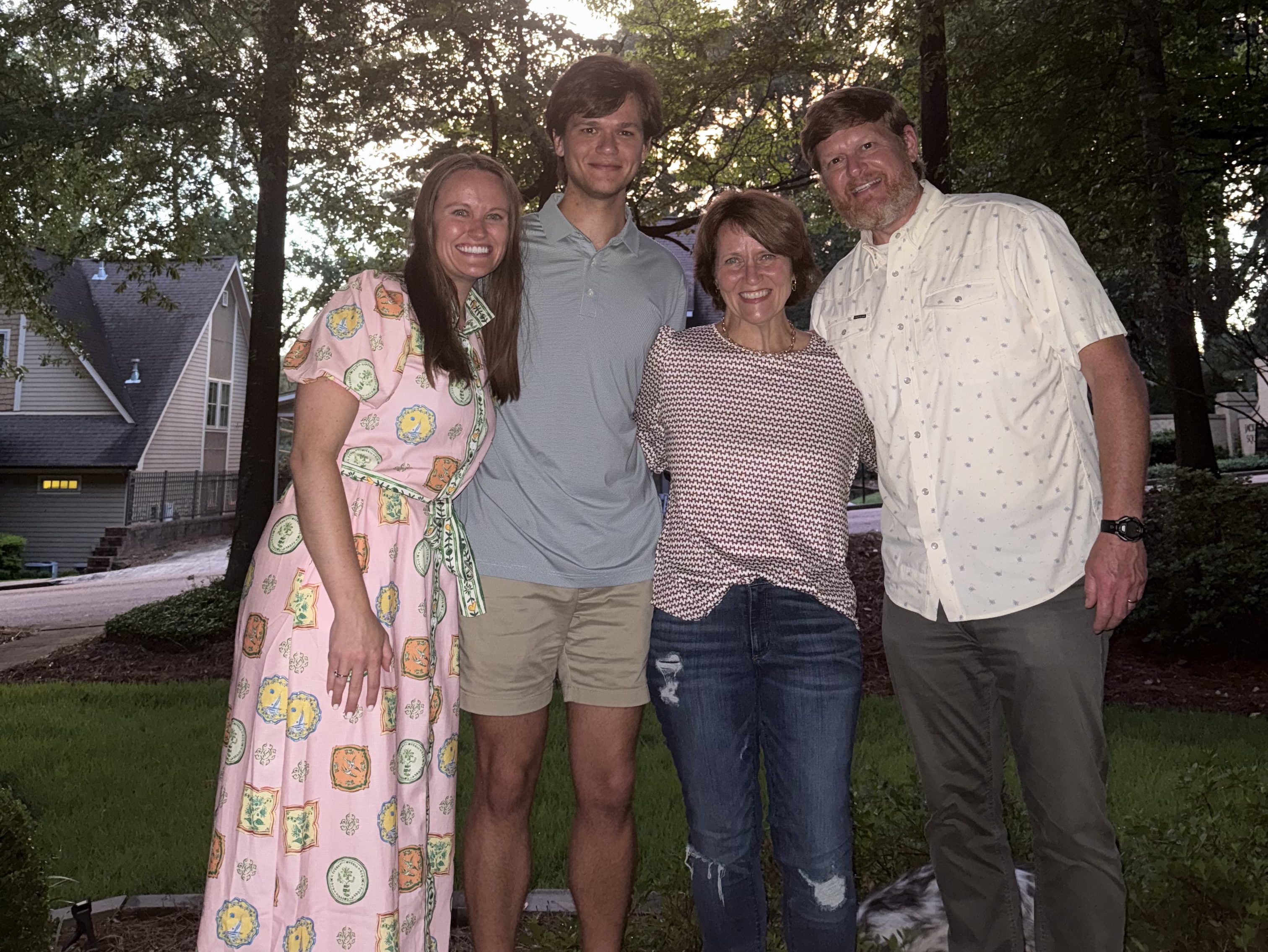Legislature, not local governments, should fund $26 billion PERS gap
Published 12:00 am Sunday, March 31, 2024

- Crawford_Bill.jpg
The Legislature was going to make a serious effort to fix PERS this year. Lt. Gov. Delbert Hosemann called it “the major issue” for this session. House Speaker Jason White said, “we want to fix this long term.”
That’s not happening. Revamping the board and a one-time appropriation of a couple hundred million, while constructive, will not fix PERS.
The fix will take one of two things, or some of both – lots more money coming in or lots less money going out over a 30-year or so period.
The financial health of a defined benefit plan like PERS must be calculated over a long time frame. Participants accrue benefits every year. Retirees accrue COLA benefits every year. PERS has to make sure projected income from employee and employer contributions and investment earnings will provide sufficient funds to cover projected payouts for current and future benefits. If there is a projected shortfall it goes on the books as unfunded accrued liabilities.
In 2011, the UAL was $14.4 billion and growing. It is now $26 billion and growing.
To fix PERS, the UAL must not only stop growing but be greatly reduced. For more than a decade PERS has increased employer contribution rates to try to fix the problem. That approach failed.
In 2011, Gov. Haley Barbour’s PERS Study Commission recommended changes to benefit payouts. The Legislature ignored recommended changes, and they would no longer be sufficient to fix PERS.
PERS now says, oh, we just need lots and lots more money from employer contributions.
“Calf rope!” yelled cities, counties, and other local government entities.
While the Legislature controls PERS, it does not (with few exceptions) pay retirement costs for local government entities. Their share (estimated at 25% plus) comes from local taxes and fees. Already, that share is strangling their budgets. Shoving billions more on them would be devastating, especially since they have no say in how PERS operates or gets funded.
The bottom line is it will take billions of dollars in new revenues to close the current gap plus some future benefit tightening to prevent future UAL gaps.
The Legislature, spurred by PERS leadership, passed laws from 1999 to 2002 that created this generous benefit system without an adequate funding system. They have failed for years to address the growing problem. They won’t cut benefits. So, they should now pay the piper, all of it – either from the general fund or a special tax.
Crawford, a syndicated columnist from Jackson, was a member of the 2011 PERS Study Commission.





